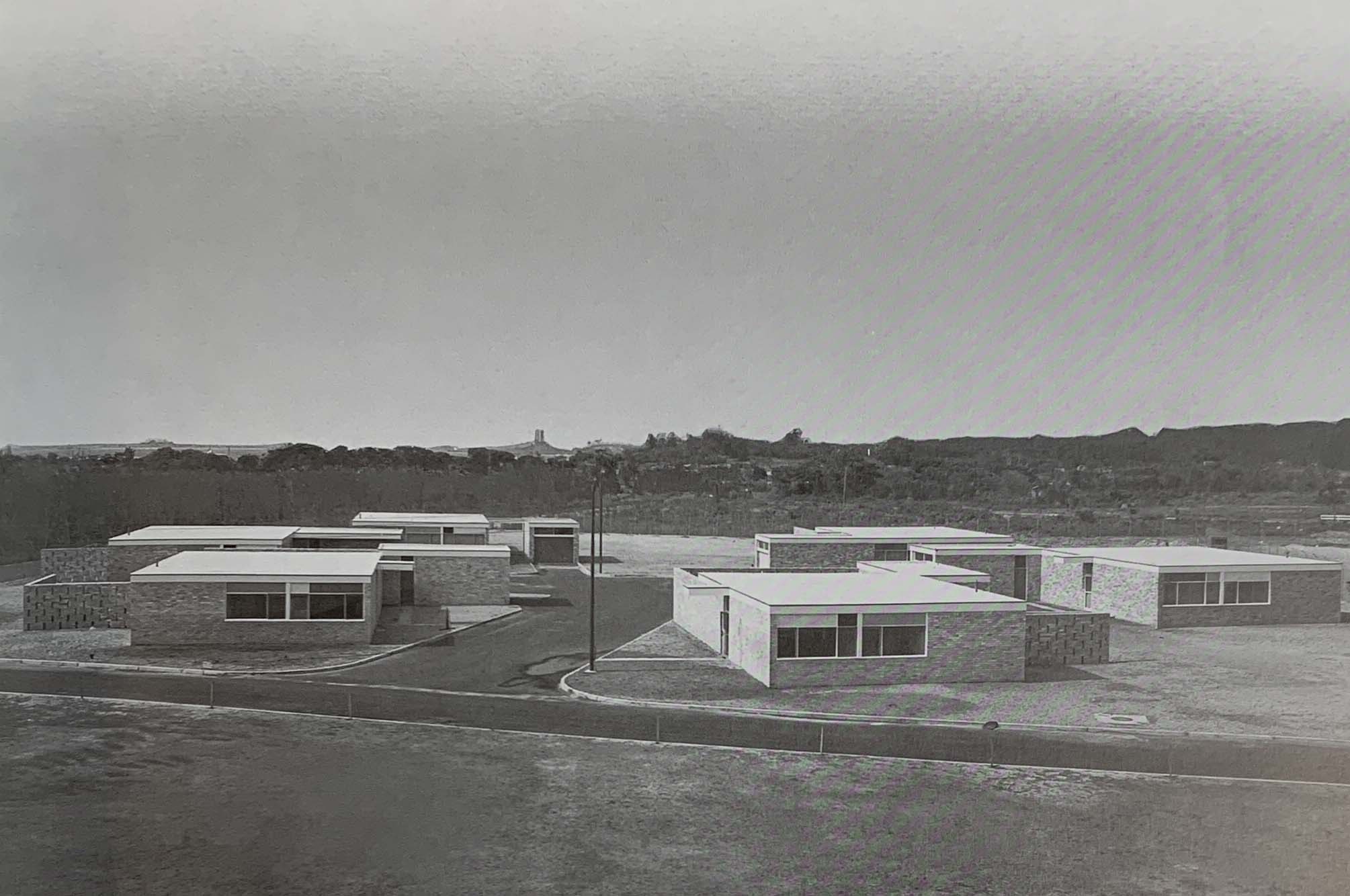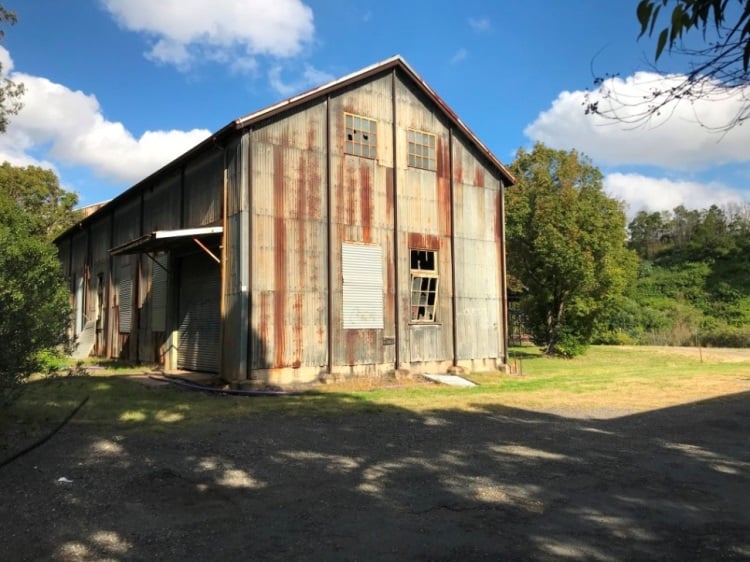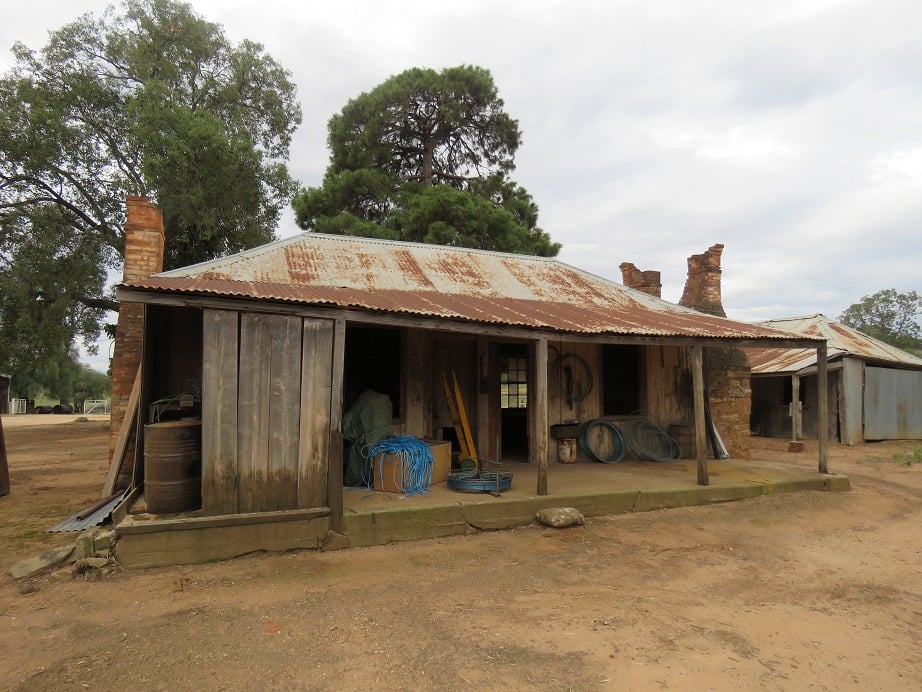Click here For a full list of current properties
National Trust Register
The National Trust of Australia (NSW) maintains a Register of landscapes, townscapes, buildings, industrial sites, cemeteries and other items or places which the Trust determines have cultural significance and are worthy of conservation.
While the Trust Register has no legal force, it has many active purposes for many people. A Trust classification is regarded as an authoritative statement on the heritage significance of a place.
The purpose of the Register is to alert responsible authorities, property owners and the public to the heritage significance of a place. Classification by the Trust and the information contained on the classification card may assist in the decision making process and ultimately the conservation of places and items.
The Trust Register serves as an independent early warning to identify places that are important and that could be under threat.



Comments
0 comments
Please sign in to leave a comment.